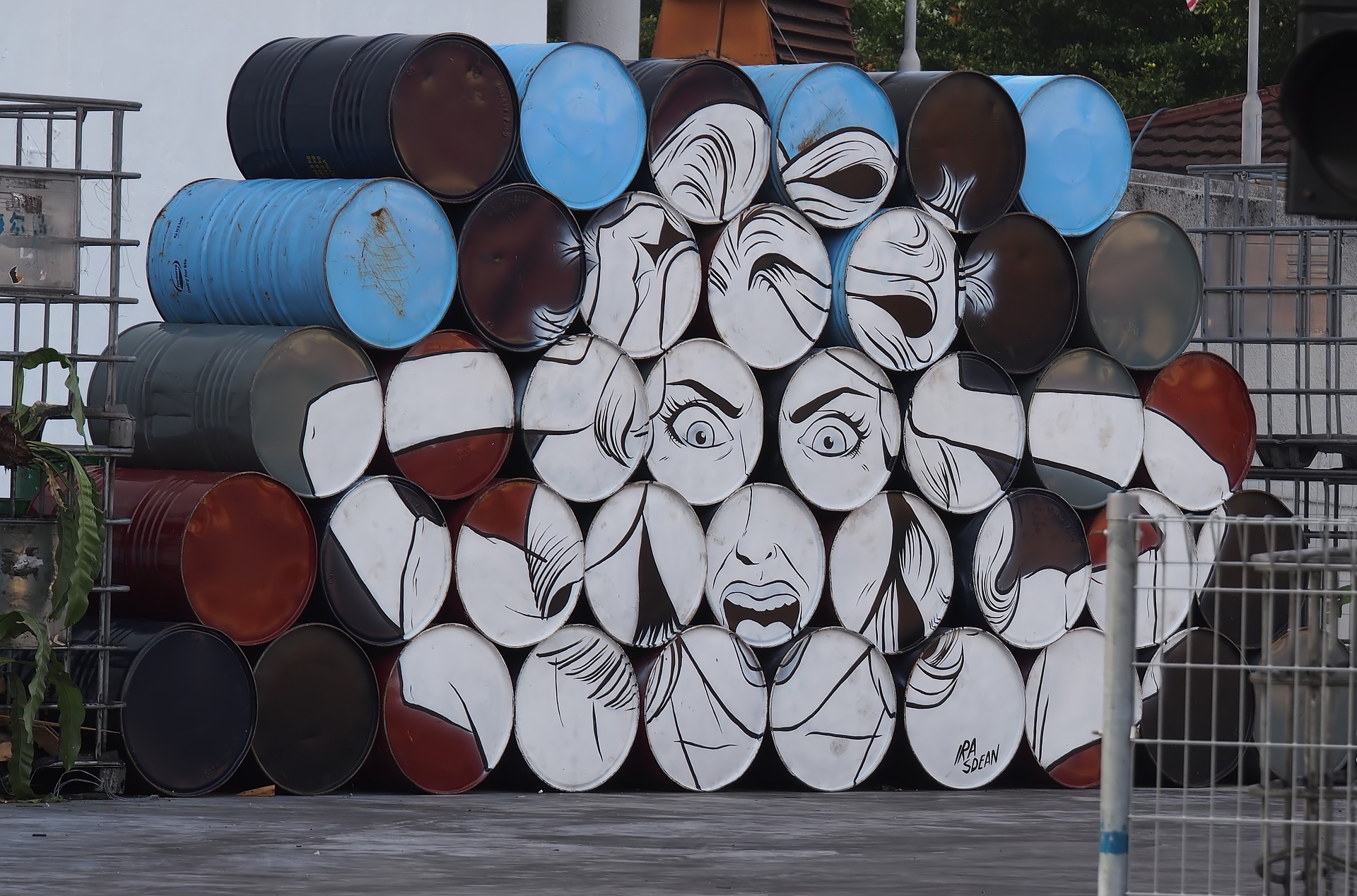Article by Innohub
Great artists have always been inspired by nature; today it is they who are using their work to promote public awareness about the necessity of preserving what we have.
In the realm of art, sustainability may refer to a variety of things. Environmental themes can be presented in exhibitions, acrylic paint can be replaced with watercolours or casein paints, the ecosystem can be used as portion of the artwork, or – the most common option among creatives and audiences – used materials can be turned into pieces of art, and plenty of other possible options.
The United Nations has set 17 Sustainable Development Goals (SDGs). With these, the UN aims to take urgent measures to combat climate change. Governments as well as companies and citizens are asked to join this fight, which is so necessary for everyone. Every grain of sand can add up to a mountain. One such grain of sand is being provided by artists in different parts of the world, who are flooding the streets, exhibitions and museums with sustainable art to raise awareness and promote learning among the population.

There are different themes that this type of art tries to address. Some choose to reuse materials, others create art that deals with rising sea levels. Still, many others opt for a more animalistic defence, exhibiting about species that are in danger of extinction. For example, whale sculptures made of plastic have appeared in Bruges, Brussels and Rome to raise social concern about the emergency and climate change. Greenpeace created this initiative in Rome and Brussels. But in Bruges, the initiative grew out of the Triennale of Art and Architecture where artists are in contact with citizens about today’s problems.
The aim of this type of art or sculpture is that the citizen understands the message of the work at a glance. In the 21st century, marine pollution has come to the forefront and governments and non-profit organisations are getting serious about tackling this issue.
Another example is the work of Prasopsuk Lerdviriyapiti, who created a work from scratch by collecting rubbish from the beaches of the Phuket Islands in Thailand. Thanks to the collection, in which more than 70 volunteers took part, this artist gave shape to ‘Blue Ocean, A Message From The Sea’, a 3.5 by 5 metre installation made up of 100% material found on the beaches. The rubbish gave shape to different marine animals, exhibited at the Bangkok Cultural Arts Centre with the intention of raising awareness of the situation on the island of Phuket, one of the largest islands in the country, where thousands of tourists arrive every year. And with them, their rubbish.
Nature has always inspired and will always inspire great artists, but now it is the artists who are using nature to raise awareness of the importance of respecting the environment and fighting climate change.
Are you interested in this topic? Learn more about sustainable consumption and sustainable action for youth thanks to our SUSTRAINY European Project: https://sustrainy.erasmus.site/
